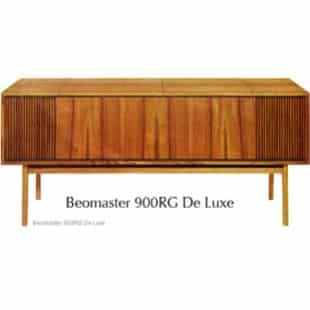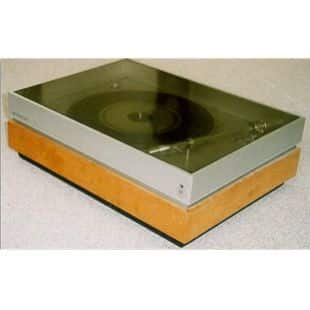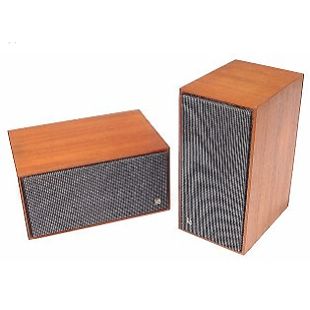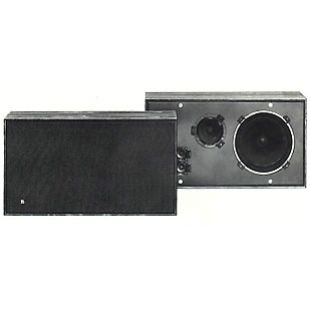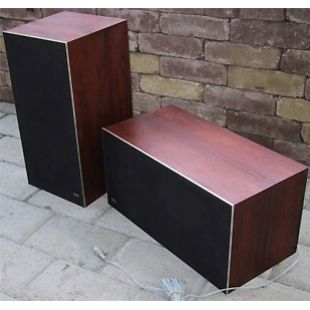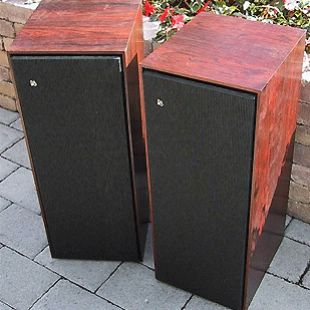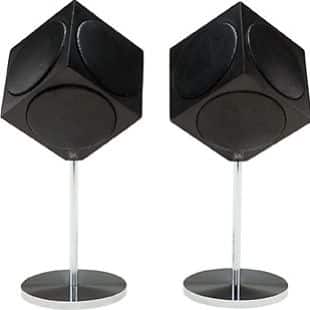BeoMaster 3000-2
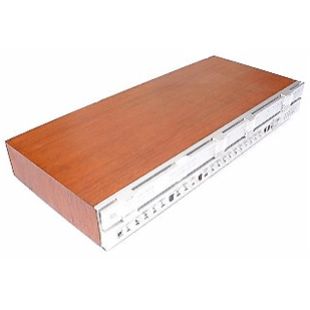
Beomaster 3000-2 was a solid state FM stereo receiver. The receiver was the kind of product you wanted to both look and to listen to.
It delivered 2 x 40 watts RMS at 30-30.000 Hz and whose distortion was less than 0.5%. With additions to the receiver like Beogram 3000, a fully automatic record player whose operating functions were executed by one master control, and two Beovox 3800 pressure chamber loudspeakers, Beosystem 3000 formed a complete high-fidelity system which deserved to be included in serious evaluations by those who felt that a quality hi-fi system must be chosen in separate units.
The unit was a high fidelity stereo amplifier in which emphasis was placed on specifications, frequency correction and connection facilities. The LOUDNESS feature permitted switching between an objective or a subjective linear reproduction and the LOW and EH filter controls gave a sharper regulation of frequencies, in addition to the normal bass and treble controls. The LOW filter helped reduce rumble resulting from a poor or defective record. At 80Hz its slope was 12dB per octave. There were sockets and push buttons for two pairs of loudspeakers. The headphone socket was situated on the front of the receiver. The tape connection facilitated AB monitoring and there were two record-player inputs: a high and a low impedance. All input sockets could be adjusted from the receiver’s base so that all signals had the same sound level. This was an extra convenience because one needed not adjust the volume control on the amplifier when it was switched between programme sources. The FM section had six pre-set stations. A light indicator assisted accurate tuning and the indicator registered the signal strength of a station. The FM section was extremely sensitive (better than 1.4 uV, I.E.C.) and harmonic distortion was only 0.4%. Field effect transistors, ceramic filters and integrated circuits were used.
In 1972 the Museum of Modern Art in New York (MoMA) chose seven Bang & Olufsen products designed by Jacob Jensen to be included in their Design Collection as representing excellent examples of the Museum’s criteria for quality and historical importance; design, in fact, which had influenced the twentieth century. Beomaster 3000 was one of those seven products. Two years’ previously Beomaster 3000 won the iF Design Award.
Beomaster 3000-2 was introduced in 1972. Both units could be used as part of Beosystem 3000. The two models were visually indistinguishable except for the model number, but the Beomaster 3000-2 contained a few minor technical improvements. The effect of these was not visually or aurally evident; the improvements were seen as Bang & Olufsen’s desire at that time to offer the customer the best components and aural experience.


